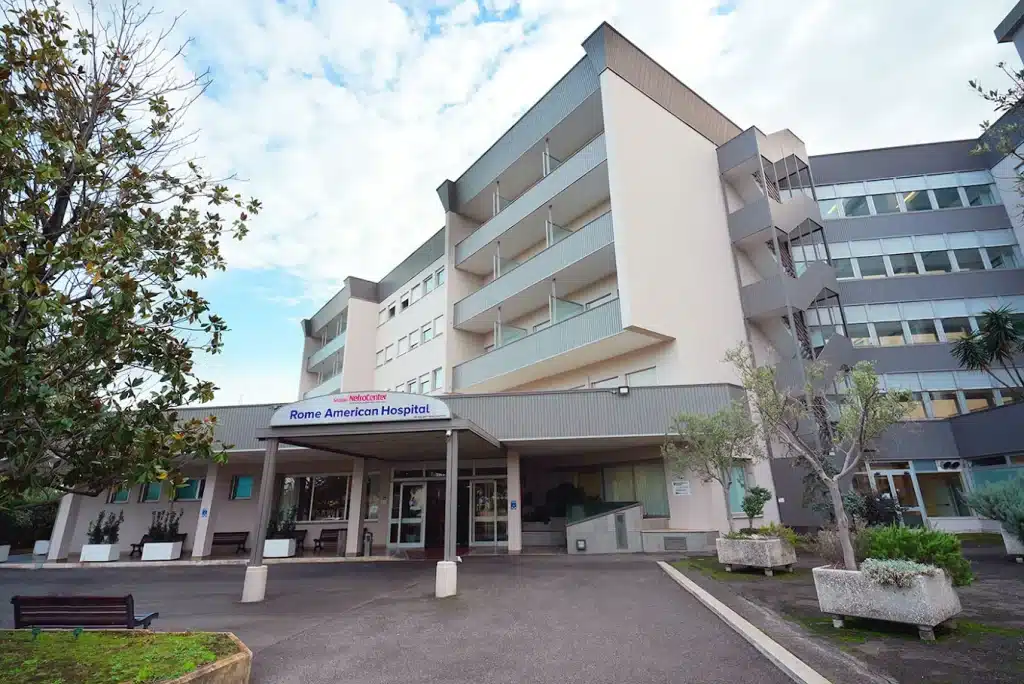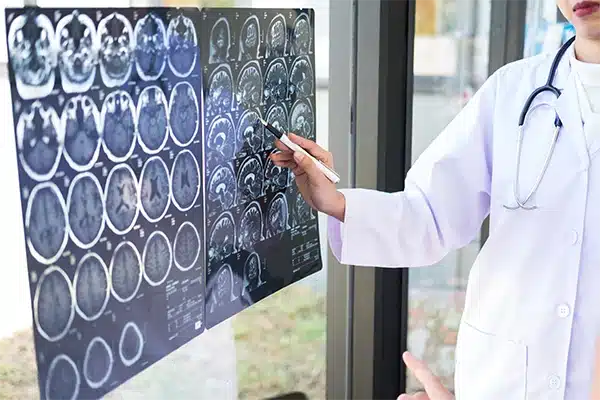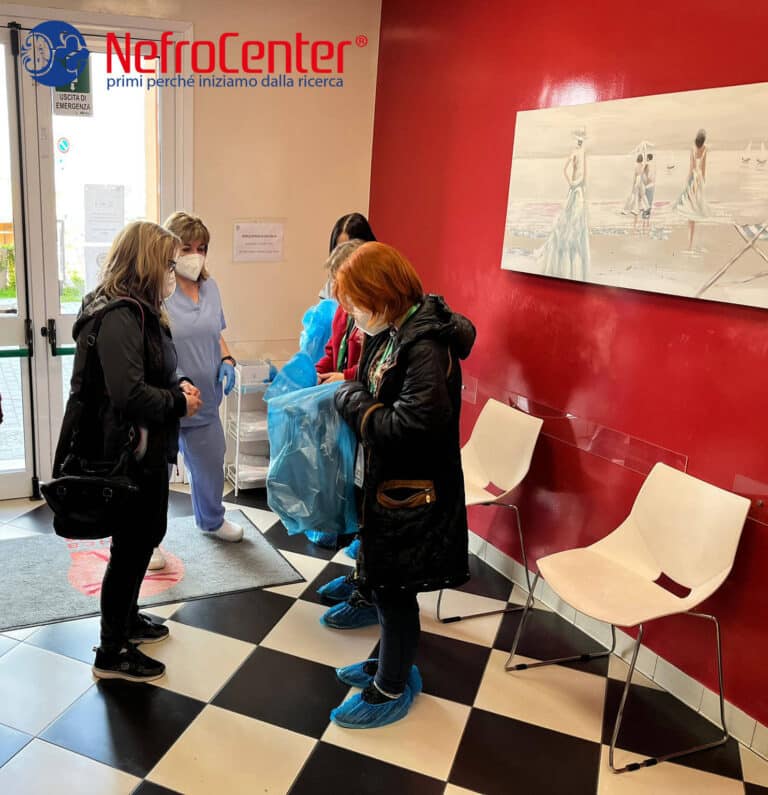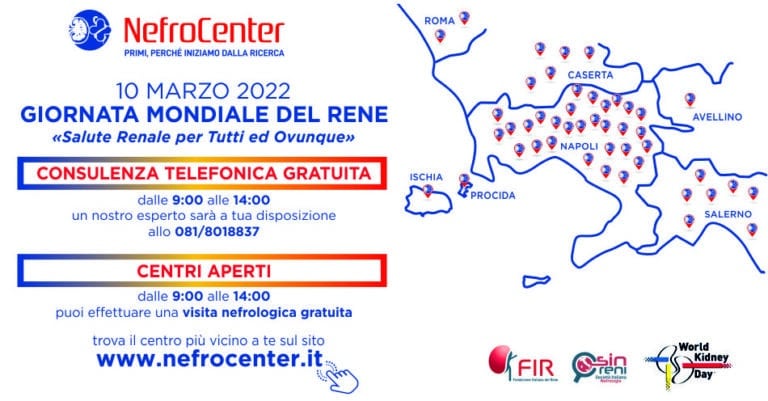Home » Bone Metabolic Unit
Bone Metabolic Unit
The Bone Metabolic Unit (BMU) is the new Center for the Diagnosis and Therapy of Osteoporosis, born from the experience of the NefroCenter group. The center aims to be a national reference point for the prevention, diagnosis, and treatment of osteoporosis and metabolic bone diseases. The center collaborates with Rheumatologists, Endocrinologists, Orthopedists, Physiatrists, Diabetologists, Nephrologists, Radiologists specialized in the musculoskeletal system, internists, and experts in predictive analysis with neural networks
Osteoporosis and the Importance of Prevention
Osteoporosis is a chronic skeletal disease that involves both a quantitative and qualitative reduction of bone tissue, making bones more fragile and prone to fractures, even following minor traumas. The most affected areas are the spine and femur, and femoral fractures, in particular, are associated with a high rate of mortality and disability. It is estimated that over 75 million people worldwide are affected by osteoporosis, of which about 5 million in Italy alone. The majority are women, especially after menopause. Often, the disease does not present obvious symptoms until a fracture occurs, and by that time, the damage is already very advanced.
Forms of Osteoporosis and Related Pathologies
The BMU center addresses various forms of osteoporosis:
- Primary osteoporosis: divided into postmenopausal and senile.
- Secondary osteoporosis: caused by other diseases (endocrinological, rheumatological, gastroenterological) and can affect young people as well.
- Diabetic osteopathy: more related to bone quality than quantity, frequent in diabetic patients.
- Renal osteodystrophy: a complication of chronic renal failure due to imbalances in calcium-phosphorus metabolism and secondary hyperparathyroidism.
Who Can Turn to the BMU
The project is designed for various patient profiles:
- People with postmenopausal osteoporosis
- Elderly at risk of fractures
- Nephropathic patients
- People with diabetes
- Those with a family history of osteoporosis
- Those who have already had fragility fractures
The Main Risk Factors
Among the most relevant factors that can increase the risk of developing osteoporosis are:
- Low body mass index (underweight)
- Prolonged use of corticosteroids
- Smoking, alcohol, excess caffeine
- Physical inactivity
- Advanced age
- Female gender
- Diseases such as rheumatoid arthritis
- Previous fractures
Center Objectives
The Bone Metabolic Unit was created with the aim of:
- Providing a multidisciplinary approach to the diagnosis and treatment of metabolic bone diseases
- Integrating innovative technological tools and artificial intelligence, such as neural networks, to analyze large clinical databases
- Improving diagnostic and therapeutic appropriateness, offering personalized pathways for each patient
The diagnostic-therapeutic pathway
Each patient is followed through a pathway that includes:
- Specialist evaluations (rheumatological, nephrological, diabetological, endocrinological, orthopedic…)
- Advanced diagnostic tests
- Therapeutic education
- Clinical monitoring and follow-up
- Personalized therapeutic indications, both pharmacological and behavioral
Reference Diagnostic Tests
The BMU adopts cutting-edge technologies for a more precise and comprehensive diagnosis of osteoporosis:
- Bone Densitometry (DXA) with Trabecular Bone Score (TBS)
In addition to bone mineral density (BMD), TBS assesses the trabecular microarchitecture of the bone, which is fundamental for identifying fracture risk even in patients with “normal” BMD values, as in the case of diabetes.
- Bone Strain Index (BSI)
Estimates the mechanical strength of the bone based on density and load distribution, helping to predict the risk of vertebral and femoral failure.
- Hip Structural Analysis (HSA)
Analyzes hip geometry, assessing cortical thickness and resistance to torsional loads. Useful for estimating the risk of femur fracture.
- Densitometric and radiological Vertebral Morphometry
Allows the identification of “silent” vertebral fractures, not perceived by the patient but clinically relevant, through the measurement of vertebral body height according to the Genant scale.
Therapeutic Indications
The treatment of osteoporosis at the BMU includes advice on lifestyle, physical activity, and nutrition. In addition to targeted pharmacological therapies to reduce the risk of fractures and primary prevention measures to slow down or stop the progression of the disease.
The Operational Units
Santa Lucia
Via Aielli 109
S. Giuseppe Vesuviano - Naples
Switchboard: 0813384111














